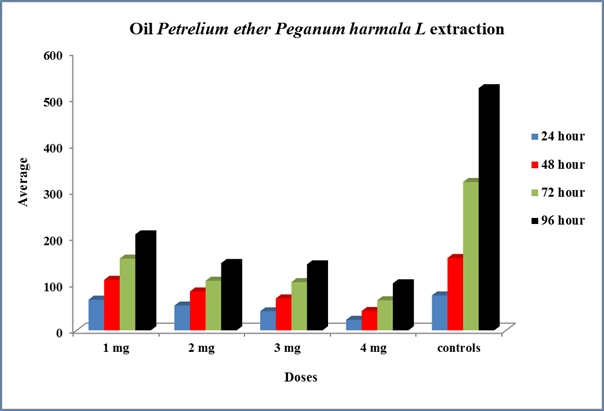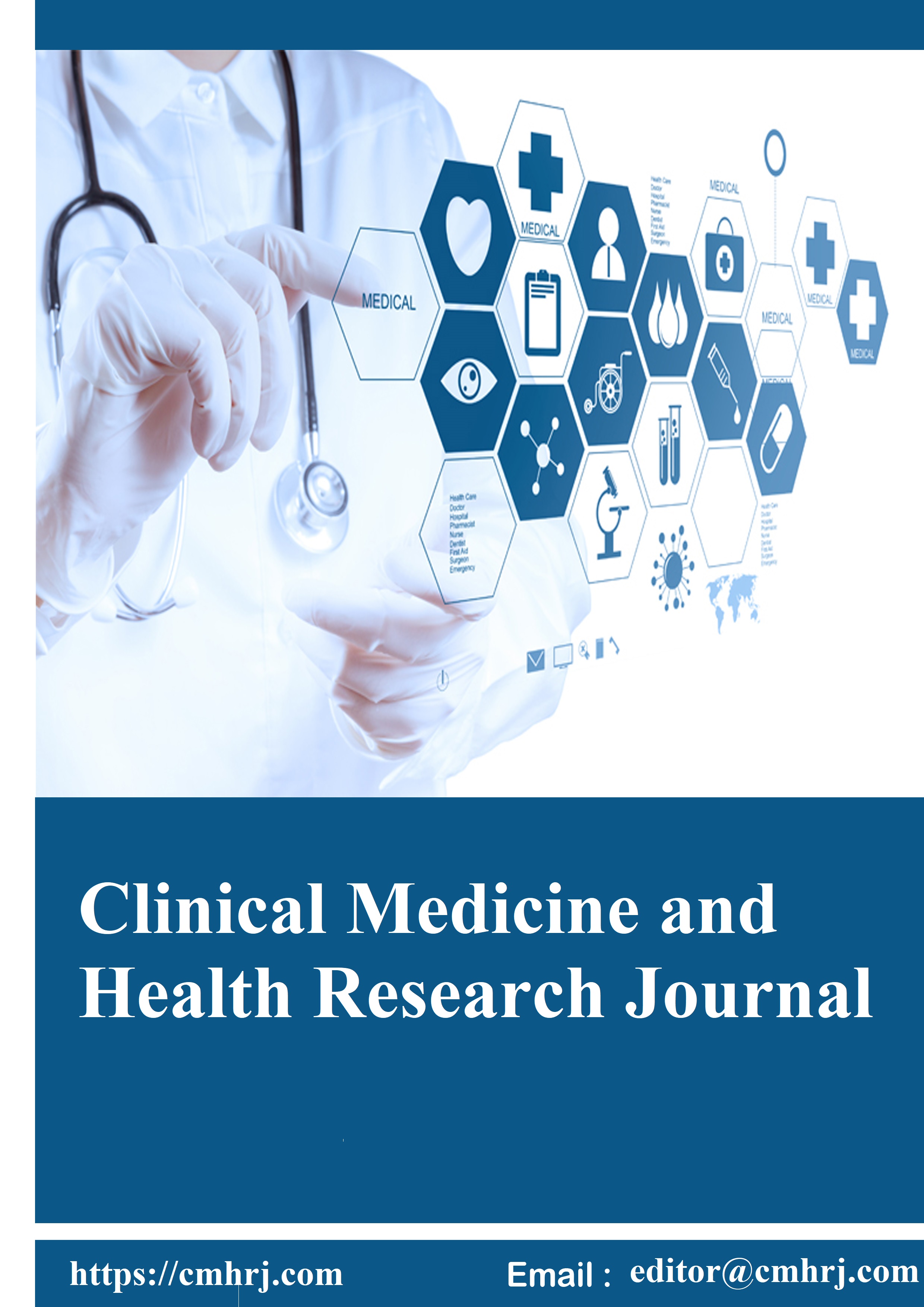Diagnostic of Fatty Acid Extracted from Peganum Harmala Seed and Effect Study on The Growth the Leishmania Tropica Promastigotes In Vitro
Clinical Medicine And Health Research Journal,
Vol. 5 No. 1 (2025),
24 January 2025
,
Page 1087-1091
https://doi.org/10.18535/cmhrj.v5i1.425
Abstract
Fatty acids were isolated from the seeds of Peganum harmala, a legume, with petroleum ether. The fatty acids were analyzed using HPLC and were determined to comprise 48.9% Hexadecanoic acid, 2.3% Heptadecanoic acid, 13.7% Octadecanoic acid, and 2.8% Tetradecanoic acid. The current investigation demonstrated that the fatty acids extracted from the seeds of Peganum harmala are more advantageous. The current study's data revealed significant differences p<0.05 across various doses of the petroleum ether oil extract of Peganum harmala and differing exposure durations. The study's findings indicated that the 4 mg/dl dose of the oil extract exhibited the highest inhibitory activity against Leishmania tropica at 24 h 22.50 ± 1.04, 48 h 41.50 ± 1.19, 72 h 64.75 ± 2.66, and 96 h 101.25 ± 0.25. Conversely, the lowest inhibitory dose of 1 mg/dl was recorded at 24 h 66.00 ± 2.20, 48 h 108.75 ± 1.65, 72 h 154.50 ± 1.71, and 96 h 207.00 ± 1.91, in comparison to the control groups 75.25 ± 0.85, 156.00 ± 1.83, 320.00 ± 2.16, 522.50 ± 9.31respectively.
Fatty acids exhibited a beneficial effect in suppressing the proliferation of the Leishmaniasis cutanea parasite, namely Leishmania tropica promastigotes, ex vivo.
This research presents a possible alternative to pharmaceutical substances, such as streptolyticum, utilized in treating the parasite responsible for cutaneous Leishmaniasis.
This study concludes that fatty acids extracted from harmful plant seeds enhance the parasiticidal efficacy with increasing concentration, and prolonged treatment duration correlates with a more significant percentage of parasite elimination.
- Leishmania tropica,promastigotes, fatty acid Peganum harmala, HPLC, Leishmaniasis

How to Cite
Download Citation
References
- Article Viewed: 0 Total Download


